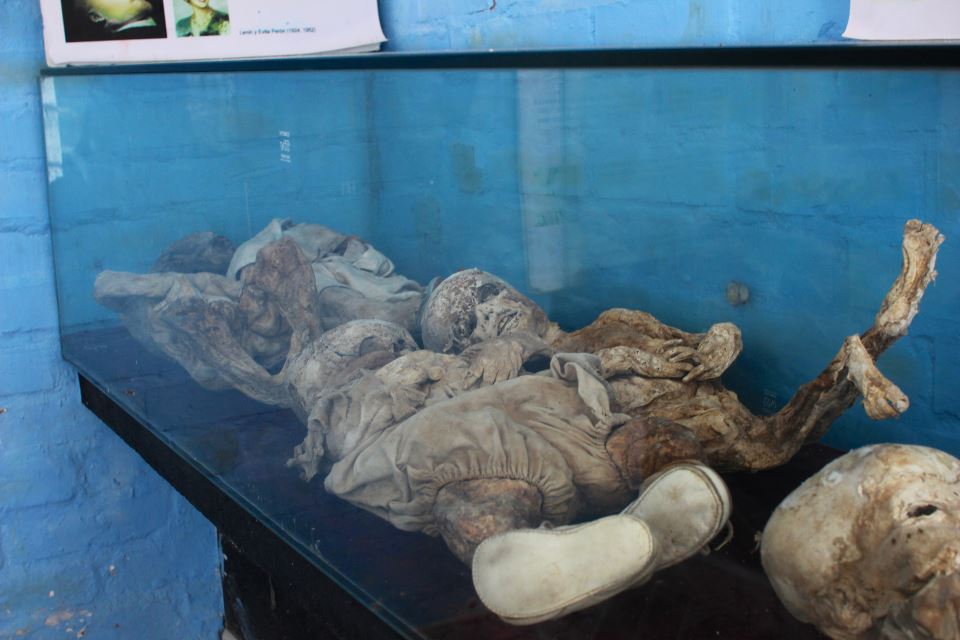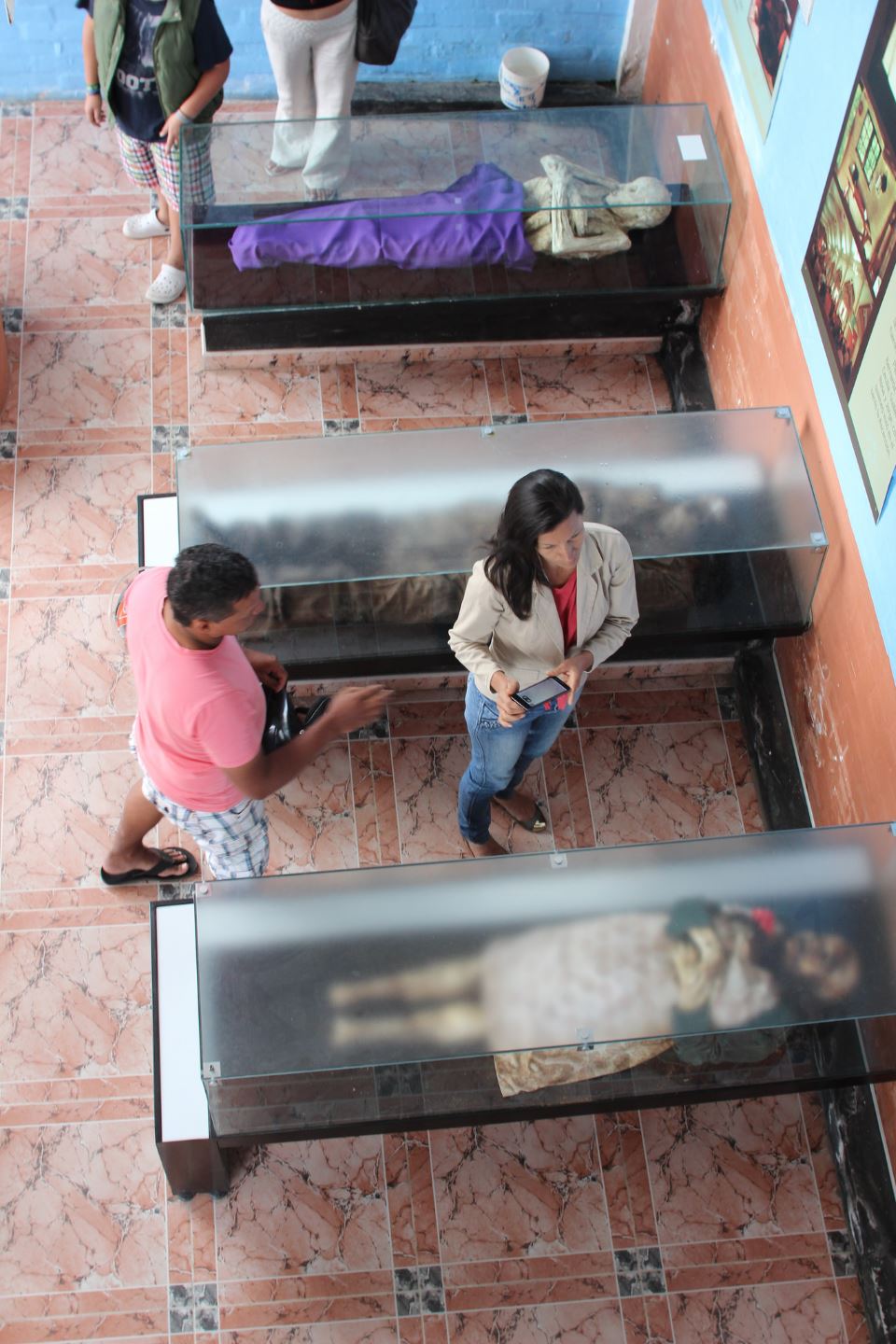
It’s easy to associate mummies with Egypt. Don’t. The mummies of San Bernardo are nothing like those in Egypt. For starters, they are not thousands of years old. In fact, they’re only about 50 years old! What also distinguishes them from Egyptian mummies is that they were not intentionally preserved. That’s where the mystery lies.
In San Bernardo, the dead become naturally petrified. The reason still remains mystery. These mummies were first discovered in the 1950s when a local cemetery was relocated thanks to a flood. Popular legend goes that it’s native diet, which includes guatila and balu, two unusual fruits eaten in the region that causes mummification. However, it fails to explain why the mummies’ outfits are also well preserved. Some believe it’s the region’s climate and high altitude, though it’s not yet been proved.



© The Gringo / Flickr
Similar spontaneous natural mummification was also seen in Guanajuato in Mexico. In Guanajuato, it was underground gas and chemical composition of the soil is responsible for the dead not rotting. Strangely, in San Bernardo, no such accidental chemical activities are seen. The mummies of San Bernardo are truly an unsolved mystery.



© The Gringo / Flickr
Travellers can see these mummies at the newly built mausoleum in the town’s cemetery. Many of these mummies have been put on display and curated by the families of the deceased who are more than happy to tell you about the mummies. What’s fascinating that the mausoleum has no pressure or humidity controls and its doors are open most of the day. Visiting this mausoleum is an unusual experience indeed!
Book flights on EMI without credit card with Mihuru Splitfare.and explore the history of Columbia.
Tags: san bernardo









